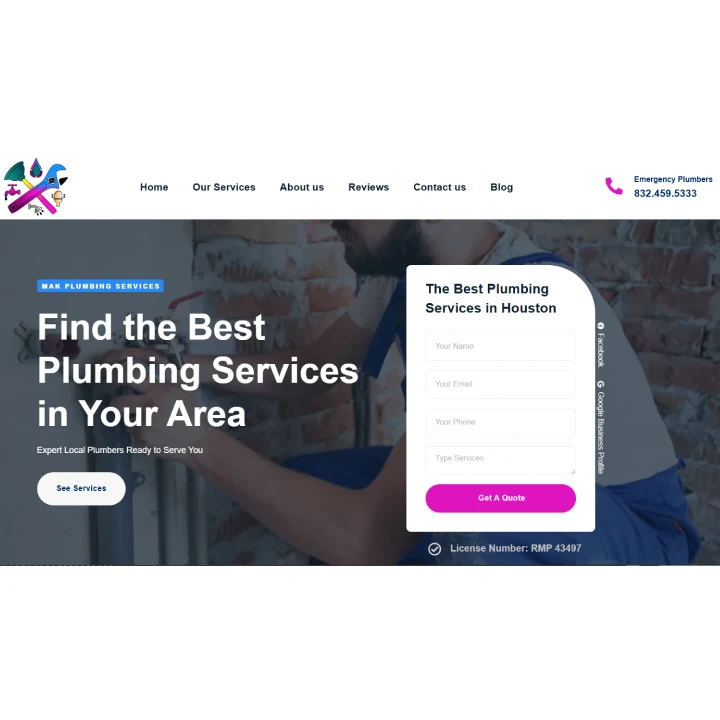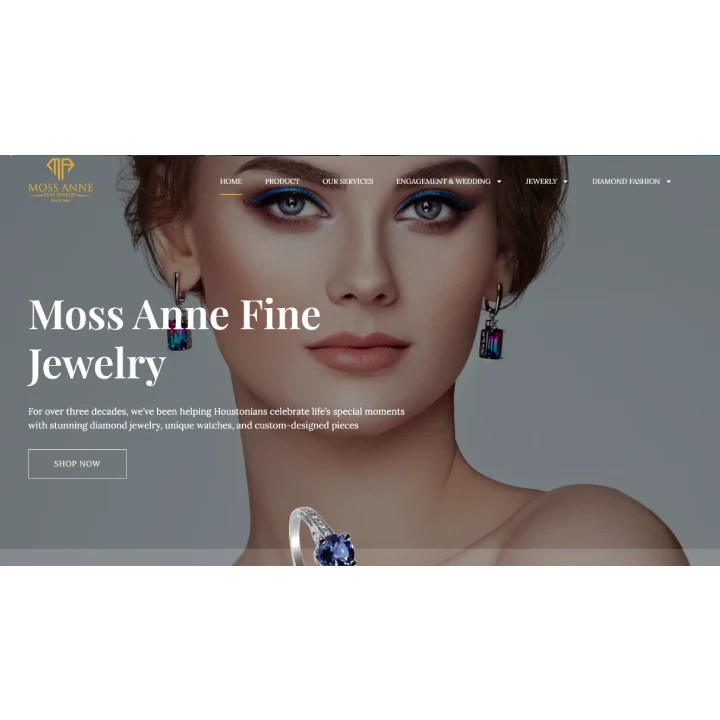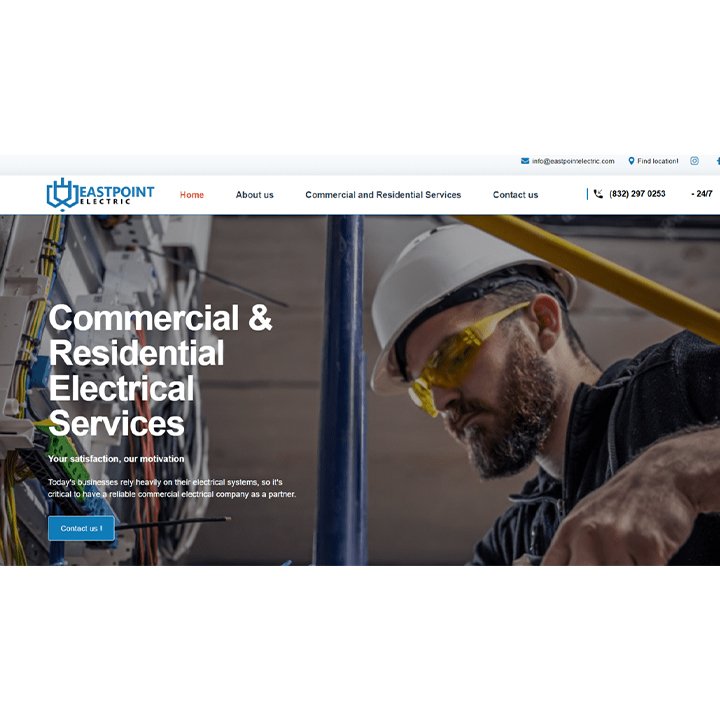
In today’s digital landscape, having a visually appealing and user-friendly interface is crucial for businesses to succeed. This is where professional UI/UX design services come into play.
UI/UX design refers to the process of creating an engaging and intuitive user interface (UI) and optimizing the overall user experience (UX) of a website or application. In this article, we will explore the importance of UI/UX design, the role it plays in business success, and the benefits of hiring professional UI/UX designers.
Understanding UI Design
UI design focuses on the aesthetics and visual elements of a digital product.
It involves creating an interface that is visually appealing, easy to navigate, and aligned with the brand identity. Key principles of UI design include consistency, simplicity, and clarity.
A well-designed UI enhances user satisfaction and promotes a positive perception of the brand.
Understanding UX Design
UX design, on the other hand, is concerned with the overall experience users have while interacting with a website or application.
It involves understanding user behavior, conducting user research, and designing intuitive user flows.
Key principles of UX design include usability, accessibility, and delight.
A well-designed UX ensures that users can accomplish their goals efficiently and enjoyably.
The Role of UI/UX Design in Business Success
Effective UI/UX design plays a crucial role in the success of businesses in the digital age. By providing a seamless and enjoyable user experience, businesses can enhance user satisfaction and engagement. This, in turn, leads to increased customer loyalty and improved brand perception. Additionally, well-designed UI/UX can boost conversion rates and revenue by facilitating intuitive navigation and guiding users towards desired actions.
Professional UI/UX Design Services
Hiring professional UI/UX designers is essential to unlock the full potential of UI/UX design.
These experts possess a deep understanding of user behavior and industry best practices.
They can apply their knowledge and skills to create interfaces that resonate with the target audience and meet business objectives.
Professional UI/UX design services offer a range of benefits, including:
- Expertise: Professional UI/UX designers have extensive experience and expertise in creating effective user interfaces and experiences. They stay updated with the latest design trends, best practices, and user research techniques.
- User-Centered Approach: Professional designers prioritize the needs and preferences of the target audience. They conduct thorough user research to understand user behaviors, motivations, and pain points. This data-driven approach ensures that the design caters to the users’ needs and provides a seamless experience.
- Consistency and Branding: Professional UI/UX designers ensure consistency across all touchpoints of a digital product. They establish a cohesive visual language, incorporating branding elements such as colors, typography, and imagery. This consistency strengthens brand identity and recognition.
- Usability and Accessibility: UI/UX designers focus on creating interfaces that are easy to use and accessible to a wide range of users, including those with disabilities. They consider factors such as readability, intuitive navigation, and inclusive design principles to ensure a positive experience for all users.
- Iterative Design Process: Professional UI/UX designers follow a structured design process that involves iterative cycles of prototyping, testing, and refinement. This approach allows for continuous improvement based on user feedback, resulting in a highly optimized and user-centric design.
Elements of Effective UI/UX Design
Achieving effective UI/UX design requires attention to various key elements throughout the design process:
- User Research and Analysis: Understanding the target audience’s preferences, behaviors, and goals is crucial. Through methods such as surveys, interviews, and user testing, designers gain insights that inform design decisions.
- Information Architecture and Wireframing: Designers create a logical and organized structure for the information and interactions within the interface. Wireframes act as blueprints that outline the layout and functionality before visual design is implemented.
- Visual Design and Branding: Visual design involves creating visually appealing interfaces that align with the brand’s identity. Designers carefully choose colors, typography, imagery, and other visual elements to evoke the desired emotions and create a cohesive experience.
- Interaction Design and Prototyping: Interaction design focuses on how users interact with the interface. Designers create interactive prototypes to simulate user interactions and gather feedback early in the design process, allowing for refinement and optimization.
- Usability Testing and Refinement: Testing the design with real users helps identify areas of improvement and usability issues. Usability testing involves observing users as they navigate through the interface and collecting their feedback. Based on the findings, designers refine the design to enhance usability and address any usability issues.
The Process of UI/UX Design
UI/UX design follows a systematic process to ensure a successful outcome. The typical stages of the design process include:
- Discovery Phase: This initial phase involves gathering information about the project, understanding the business goals, and conducting user research. Designers analyze the competition, target audience, and project requirements to establish a solid foundation for the design.
- Design Phase: In this stage, designers start creating wireframes and prototypes based on the insights gained during the discovery phase. They focus on information architecture, user flows, and visual design elements. Collaboration with stakeholders and iterative feedback loops help refine the design further.
- Development Phase: Once the design is finalized, it is handed over to the development team. UI/UX designers work closely with developers to ensure that the design is implemented accurately and functions seamlessly across different devices and platforms.
- Testing and Iteration Phase: After development, the design undergoes rigorous testing to identify any usability issues or bugs. Feedback from users and stakeholders is collected, and necessary refinements are made to improve the overall user experience.
Case Studies of Successful UI/UX Design
Several companies have achieved remarkable success through effective UI/UX design. For example:
- Apple: Apple’s products, such as the iPhone and MacBook, are known for their sleek and intuitive interfaces. Their focus on simplicity, minimalism, and user-centered design has led to a loyal customer base and a seamless user experience.
- Airbnb: Airbnb’s UI/UX design allows users to easily search for accommodations, book stays, and communicate with hosts. The platform’s visually appealing interface, clear navigation, and personalized recommendations contribute to its popularity and user satisfaction.
- Spotify: Spotify’s UI/UX design emphasizes personalization and ease of use. The app’s intuitive interface, curated playlists, and smart recommendations create an immersive music streaming experience that keeps users engaged and coming back for more.
These case studies highlight the significant impact of effective UI/UX design on user satisfaction, engagement, and business success.
The Future of UI/UX Design
The field of UI/UX design is continuously evolving with advancements in technology and changing user expectations. Some key trends shaping the future of UI/UX design include:
- Voice User Interfaces (VUI): As voice assistants and smart speakers become more prevalent, designers are exploring new ways to create seamless voice interactions and intuitive conversational interfaces.
- Augmented Reality (AR) and Virtual Reality (VR): AR and VR technologies offer exciting opportunities for immersive user experiences. Designers are incorporating these technologies to create interactive and engaging interfaces.
- Microinteractions: Microinteractions are small, subtle animations or feedback cues that provide users with a sense of control and delight. Designers are leveraging microinteractions to enhance user engagement and create memorable experiences.
- Data-Driven Design: The use of data and analytics is becoming increasingly important in UI/UX design. Designers are leveraging user data to personalize experiences, make informed design decisions, and continuously optimize interfaces.
Conclusion
Professional UI/UX design services are essential for businesses aiming to create user-friendly and visually appealing digital products.
By understanding user behavior, incorporating key design principles, and following a structured design process, professional designers create interfaces that enhance user satisfaction, improve brand perception, and drive business success.
With the ongoing advancements in technology and evolving user expectations, the future of UI/UX design holds exciting possibilities for creating even more immersive and delightful user experiences.














